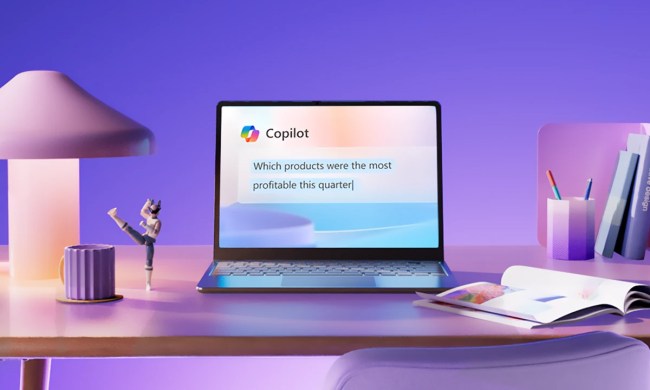Microsoft’s new Windows 10 browser, Edge, has an uphill battle in becoming more competitive with Google’s industry leading Chrome browser. Edge only runs on Windows 10, and so its market is limited, and it doesn’t have the breadth and depth of extensions available that Chrome users enjoy. Edge is, however, an efficient browser that works well with touchscreens, and so it can’t immediately be dismissed as a failure.
One of Edge’s challenges versus Chrome and other browsers is that it’s still tied to Windows 10 in terms of receiving updates. Google can push Chrome updates immediately as they become available, as can Firefox and even Apple with its Safari browser on the Mac and Windows. Edge, on the other hand, must wait for Windows 10 updates to receive new features and bug fixes, and that’s just one more challenge to overcome.
Things might be changing, however, according to Thurrott. Microsoft dropped some hints at their recent Ignite 2016 event indicating that Edge will soon start receiving updates via the Windows Store. Many of Microsoft’s built-in Windows 10 apps, such as Mail and Calendar, already receive updates in the Store and so aren’t so limited.
The news came during a talk Microsoft’s Edge and Internet Explorer marketing director, Fred Pullen, covering how Edge will improve enterprise browsing. Skipping to around 13-minutes into the video, Pullen indicated that certain Edge attributes, such as its reading view, its navigation, and the like will receive updates in the Store. Core Edge components will continue to be updated along with Windows 10 itself.
While keeping the Edge core locked to Windows Update remains a disadvantage compared to other browsers, which can be updated wholesale independently of any operating system updates, the change nevertheless gives Microsoft the ability to keep Edge fresher and more dynamic. To the end user, at least, Edge shouldn’t seem quite so stagnant, something that’s drastically needed if the browser is going to one day become a competitive option.
So far, Edge has struggled, grabbing only around 5 percent of the browser market in September 2016 according to market research firm Net Applications. With Chrome holding onto over 50 percent of the market, Microsoft has a serious battle ahead of it, and every weapon in its arsenal will be required if the company wants Edge to start taking some ground.


